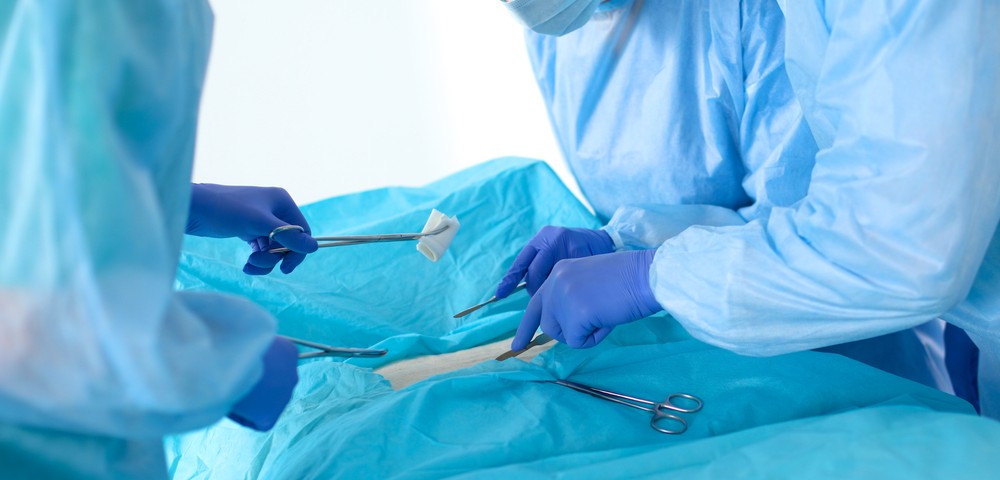Postoperative pneumonia is the most common infectious complication after open heart surgery, but according to recent research at the University of Michigan Medical School, an accurate predictive model for identifying the most vulnerable patients could allow preventive proactive measures to extend patient survival.
The research paper “A Preoperative Risk Model for Postoperative Pneumonia After Coronary Artery Bypass Grafting,” was published in The Annals of Thoracic Surgery.
Surgeries carry risks of in-hospital infections, which lead to longer hospital stays and lower odds of patient survival. In the case of coronary artery bypass graft (CABG) surgery, pneumonia is the most prevalent of all hospital-acquired infections after surgery. But because the overall incidence of postoperative pneumonia is low, accurate patient prediction is hindered.
For the recent report, researchers conducted an observational study of 16,084 patients undergoing CABG, between 2011 and 2014, at 33 institutions that shared data with the Michigan Society of Thoracic and Cardiovascular Surgeons Quality Collaborative. Many factors evaluated included patient demographics, medical history, admission status, comorbid disease and cardiac anatomy.
Through data on the 3.3% of patients who developed postoperative pneumonia, researchers were able to identify 17 patient characteristics associated with the infection after cardiac surgery. The characteristics include: age, race, smoking habits and white blood cell counts.
“Patients presenting with an elevated white blood cell count before their operation may be mounting an immune response against a pathogen or other challenge, and CABG significantly increases their odds of postoperative pneumonia,” study co-author Dr. Gaetano Paone, a cardiac surgeon at the Henry Ford Health System said in a news release, .
Admission for heart surgery via the emergency room, history of lung problems, and a long hospital stay before surgery were also found to be predictors of pneumonia risk.
This new model is designed to guide physicians in clinical decision-making and help outline pneumonia prevention measures after surgery.
Researchers concluded: “This model may be used to provide individualized risk estimation and to identify opportunities to reduce a patient’s preoperative risk of pneumonia through rehabilitation.”


